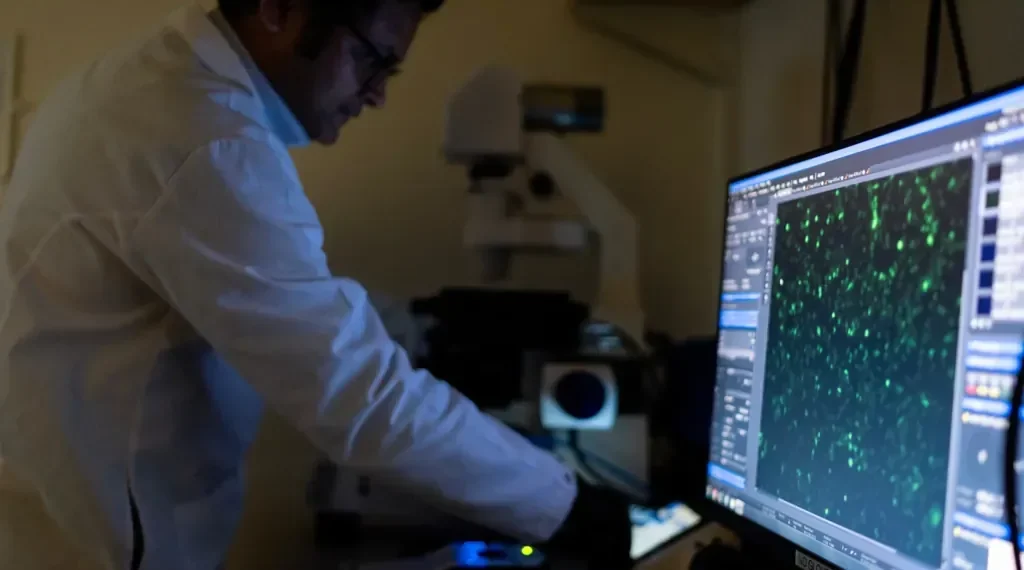Autoimmune Diseases: Causes, Risks, and Advances in Treatment
Autoimmune diseases occur when the body’s immune system mistakenly attacks its own cells and tissues, potentially causing chronic, sometimes life-threatening conditions. Affecting tens of millions globally, these diseases are particularly common among women and often present with vague or overlapping symptoms that complicate diagnosis.
Recent research is exploring treatments that go beyond symptom management, aiming to reprogram the immune system or delay disease onset. Clinical trials targeting conditions such as lupus, myositis, and type 1 diabetes have shown early promise, signaling a potentially transformative era in autoimmune care.
What Are Autoimmune Diseases?
Autoimmune diseases encompass more than 100 distinct conditions, each defined by the specific tissues or organs they impact. Examples include:
-
Rheumatoid arthritis and psoriatic arthritis: primarily attack joints.
-
Sjögren’s disease: leads to dry eyes and mouth.
-
Myositis and myasthenia gravis: weaken muscles through different mechanisms.
-
Lupus: can cause skin rashes, joint pain, fevers, and organ damage affecting the kidneys, heart, and lungs.
Symptoms can be unpredictable. Patients may experience long periods of stability punctuated by sudden flares, often without identifiable triggers.
Challenges in Diagnosis
Diagnosing autoimmune conditions is often complex. Early symptoms may be nonspecific, intermittent, or resemble other illnesses. Overlapping effects on major organs further complicate detection.
Diagnosis usually involves multiple blood tests to identify antibodies that mistakenly target healthy tissue, combined with symptom evaluation and ruling out other conditions. Some diseases, like multiple sclerosis, now benefit from updated guidelines and physician education aimed at streamlining the diagnostic process.
How the Immune System Malfunctions
The human immune system is a sophisticated network of cells and proteins designed to recognize and neutralize threats such as viruses, bacteria, or cancer cells. Normally, it can distinguish between foreign invaders and the body’s own tissues — a state known as tolerance.
Autoimmune diseases emerge when this balance fails. Misguided immune cells or antibodies attack healthy tissue, while regulatory mechanisms fail to restore order. Over time, this misdirected response can lead to chronic illness.
Triggers and Risk Factors
Most autoimmune conditions result from a combination of genetic susceptibility and environmental triggers rather than a single gene defect. Potential triggers include infections, pollutants, or lifestyle factors like smoking. For instance, Epstein-Barr virus exposure is linked to multiple sclerosis.
Emerging research identifies key molecular actors in disease onset. Neutrophils, white blood cells that respond to infection or tissue injury, are now believed to play a central role in conditions like lupus and rheumatoid arthritis when overactive.
Why Women Are More Vulnerable
Women account for roughly 80% of autoimmune patients, often developing conditions at a young age. Hormones are a factor, but genetic differences may also contribute. Females carry two X chromosomes, and abnormalities in how one is silenced can increase susceptibility.
Men, while less frequently affected, can develop severe autoimmune conditions. VEXAS syndrome, discovered in 2020, primarily affects men over 50 and can cause blood clots, respiratory issues, and night sweats.
Certain populations face higher risks: lupus is more prevalent among Black and Hispanic women, while Northern Europeans are more likely to develop multiple sclerosis.
Treatment and Management
The global market for autoimmune disease treatments exceeds $100 billion annually, excluding healthcare visits and productivity losses. Treatments are generally lifelong and, while often covered by insurance, can be costly.
Historically, high-dose steroids and broad immunosuppressants were standard, carrying risks such as infections or cancer. Today, newer therapies target specific molecules, reducing some side effects. Nonetheless, treatment remains largely trial-and-error, with limited predictive tools to guide patient choices.
Advances in research, including immunomodulatory therapies and early intervention strategies, aim to improve outcomes and quality of life for patients worldwide. Clinical trials are testing approaches to reset immune function, offering hope for more durable solutions
This article was rewritten by JournosNews.com based on verified reporting from trusted sources. The content has been independently reviewed, fact-checked, and edited for accuracy, neutrality, tone, and global readability in accordance with Google News and AdSense standards.
All opinions, quotes, or statements from contributors, experts, or sourced organizations do not necessarily reflect the views of JournosNews.com. JournosNews.com maintains full editorial independence from any external funders, sponsors, or organizations.
Stay informed with JournosNews.com — your trusted source for verified global reporting and in-depth analysis. Follow us on Google News, BlueSky, and X for real-time updates.














